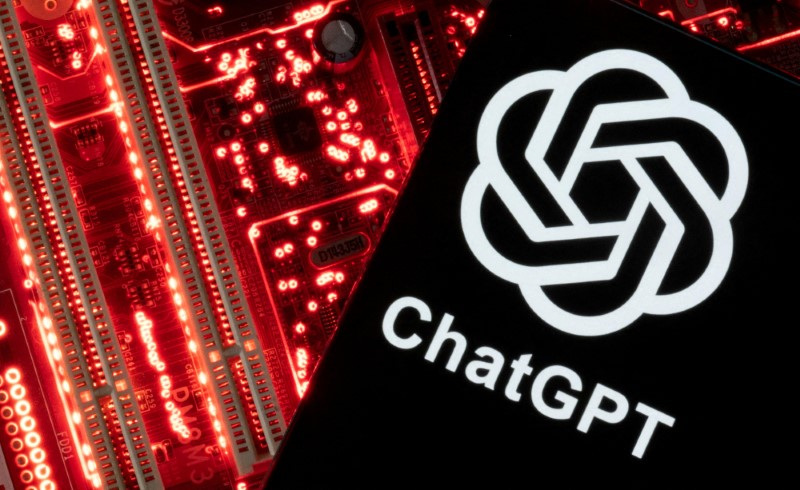Gold prices briefly hit record high over $3,500/oz on fiscal, tariff concerns
Investing.com — A landmark moment in the ever-escalating race for AI dominance, the world has most recently entered the ’agentic’ age. More than just chatbots and research tools, tech giants and startups alike are increasingly contending to deliver AI ’agents’ able to run long-form, autonomous tasks all with a few sentences of prompting.
In the past few weeks, this next stage in AI’s development has seemed imminent. Whether it’s through the release of Elon Musk and xAI’s Grok 4, with capabilities that allow multiple AI agents to work as a "study group," or unicorn Perplexity AI’s launch of the Comet web browser, which can take action in shopping, scheduling, and more, it seems as if the era of oft-hallucinating chatbots will soon be behind us.
Today marks no difference in that transition, as OpenAI CEO Sam Altman calls the release of its ChatGPT Agent a true "feel the AGI (artificial general intelligence)" moment. OpenAI and others have pledged to find true ’AGI,’ an illusory term for superintelligent, autonomous AI, and companies are betting big. Recently, Mark Zuckerberg’s Meta (NASDAQ:META) creating a "superintelligence" division through billions of dollars in hiring and R&D commitments, all with the expressed purpose of achieving AGI.
The ChatGPT Agent, shown on livestream Thursday, feels less like an integration and more like a culmination, a step forward in the AGI race that is constantly escalating.
The agent is built to house three of OpenAI’s top products: Deep Research, Operator, and, of course, ChatGPT. Now under the same roof, Deep Research’s web browsing and comprehension and Operator’s ability to ’see’ and interact with web pages can be accessed within ChatGPT, the most popular chatbot in the world.
Tools the agent has access to include a text browser, similar to Deep Research, that can sift through webpages, and a visual browser, similar to Operator, that can click through web page interfaces. It also has access to its own terminal, in which it can run coding tasks, analyze files, and call public or private APIs. Additionally, the model leverages OpenAI’s highly popular ’ImageGen’ tool to create pictures based on the task.
ChatGPT Agent can typically spend 15-30 minutes or more on a task while working on the computer, all while asking clarifying questions and adjusting on the fly. There will be a symbolic "computer screen" in the output window so users can visualize the model’s workflow in real time.
With the help of its many tools, OpenAI says ChatGPT achieves state-of-the-art results in several benchmarks, outperforming past OpenAI models on key benchmarks such as Humanity’s Last Exam, FrontierMath, WebArena, BrowseComp, and SpreadsheetBench.
On the safety side, OpenAI shared concerns that the agent could fall for suspicious web tactics, such as sketchy ads or credit card scams. To combat this, the model was trained to "ignore suspicious instructions on suspicious websites" and will be watched by "layers of monitors," but OpenAI cautioned there are still risks involved.
OpenAI Pro, Plus, and Team users will be able to access the agent today, with Pro users getting 400 queries/month and others getting 40 queries/month.
Altogether, OpenAI’s release of the ChatGPT Agent represents a defining step in the shift from chatbots to autonomous, action-oriented systems. As the landscape moves rapidly toward agents capable of reasoning, executing, and adapting with minimal input, today’s launch signals not just a product update, but a glimpse at the next platform in AI.
